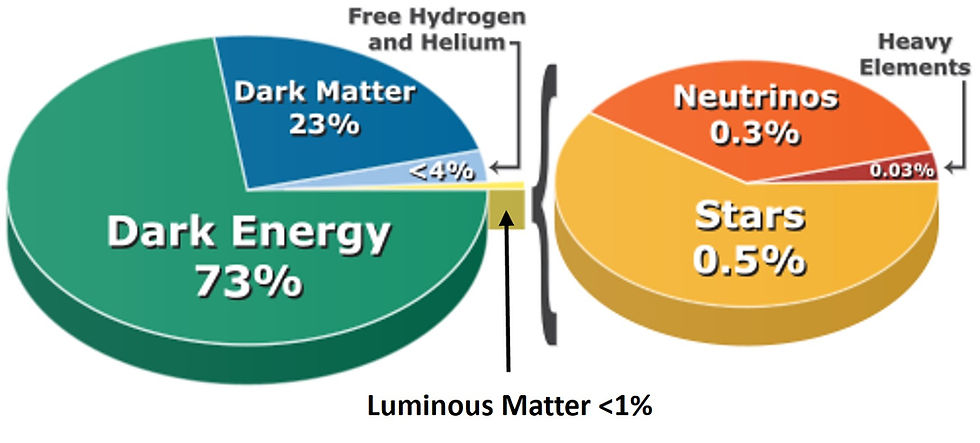Donkeys as well as Horses in Pre-Colombian America
- stephenstrent7

- Apr 27, 2024
- 3 min read

Asian ass, Persian onager (Equus hemionus onager), Rostov-on-Don Zoo, IMG 5268 1725.jpg
Where Science Meets the Book of Mormon: Come Follow Me Lesson: April 29 – May 5; Mosiah 4-6
I love King Benjamin’s address. In my opinion, it is one of the greatest sermons ever given on pure Christianity. However, my blogs are not about the theology of the Book of Mormon but, rather, the science — so I will focus on one single verse and one single word in that verse. King Benjamin stated, as recorded in Mosiah 5:14, “And again, doth a man take an ass which belongeth to his neighbor, and keep him? I say unto you, Nay; he will not even suffer that he shall feed among his flocks, but will drive him away, and cast him out. I say unto you, that even so shall it be among you if ye know not the name by which ye are called.”
For some reason, I missed the reference to asses when I wrote my blog back in February about 1 Nephi 18:25: “And it came to pass that we did find upon the land of promise, as we journeyed in the wilderness, that there were beasts in the forests of every kind, both the cow and the ox, and the ass and the horse, and the goat and the wild goat, and all manner of wild animals, which were for the use of men. And we did find all manner of ore, both of gold, and of silver, and of copper.”
Two weeks ago, my blog was about post-Pleistocene, pre-Columbian horses in the Americas. I discussed two sites where Equid assemblages have been found dating to the Book of Mormon era. One was the Shield Trap Cave, Carbon County, Montana, with an assemblage dating from around 3456 BC to 1404 AD. The other was Rancho Carabanchel, México, with an assemblage dating from around 39,000 BC to 1944 AD. Four Equid species were described from the two sites: modern horse species (Equus caballus), an unspecified Equus species, Equus mexicanus, and Equus conversidens.
There was a gap of 580 years between the oldest surface specimens and the youngest sub-surface specimens at Rancho Carabanchel: from 1094 AD to 1674 AD. That gap suggests that even though Equids survived in Mexico until the late eleventh century, they had apparently disappeared by the time Europeans arrived. There is also a gap in the Shield Trap Cave horse deposit of 650 years, from 754 AD to 1404 AD.1 Therefore, it is entirely possible, based on data from those two sites, that at the time Columbus arrived in the Americas, members of the horse family had been extinct here for around 600 years, with one notable exception. The one specimen from the Shield Trap Cave, which showed an age of 1404 AD, was dated by charcoal associated with the bone, and not from the bone itself, thus possibly giving a somewhat incorrect date. However, if that date of 1404 is even somewhat correct, the implication is that horses in Montana didn’t actually go completely extinct, but survived into at least the late pre-Columbian era. None-the-less, that one horse specimen in Montana, as the data suggest, was apparently an extreme rarity. In a recent paper in the journal Science, Taylor et al. stated, “Archaeological and modern North American horses show strong Iberian genetic affinities, with later influx of British sources…Horses rapidly spread from the south into the northern Rockies and central plains by the first half of the 17th century CE, likely through Indigenous exchange networks.”2 So, that one, lone horse in Montana in 1404 was there 650 years after other horses in the area had gone extinct, but 200 years before European horses were introduced. Why Equids, which had spread so successfully in the Americas, died out before European contact remains a complete mystery.
The specimens in the Shield Trap Cave, were identified as modern horse species: Equus caballus, thus confirming that the equivalent of modern horses were here in the Americas (at least in Montana) during Book of Mormon times. The specimens from Mexico, on the other hand, Equus mexicanus and Equus conversidens, have been described as “New World stilt-legged” Equids that resemble Asiatic asses (onagers) rather than horses.3 Therefore, during Book of Mormon times, there were ass-like Equids living at least in Mexico.
Trent Dee Stephens, PhD
References
1. fairlatterdaysaints.org/conference/august-2018/the-presence-of-pre-columbian-horses-in-america; slide 43; retrieved 9 April 2024
2. Taylor, William Timothy Treal, et al., Early dispersal of domestic horses into the Great Plains and northern Rockies, Science 379,1316-1323, 2023
3. Peter D Heintzman, Peter D., et al., A new genus of horse from Pleistocene North America, eLife 6:e29944; doi.org/10.7554/eLife.29944, 2017; retrieved 21 April 2024



Comments